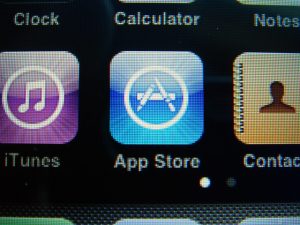With the massive popularity of mobile devices we have seen huge growth in the app stores. While this is great for device owners as they have many options to choose from (as of June 2016, Android users can choose from 2.2 million apps and Apple iOS users have 2 million apps to pick from), it can make getting an app noticed harder for individual business and mobile app developers.
To begin with, it is important that you understand that app store visitors are making a priority out of looking at an app’s ratings and reviews. The app stores are paying attention to this information as well. Just like the app store’s visitors, the app stores themselves are looking at social proof to see how well an app is liked. These ratings and reviews provide the difference between apps that might otherwise seem nearly identical.
Because of this, apps that have more ratings and higher ratings will be ranked higher in search results than their counterparts. You are probably thinking “OK but how can I get more reviews and higher ratings?”
There is a way to do this while at the same time working to reducing the number of bad reviews. First of all, you want to make it easy for users to reach you. You can cut down on bad reviews but giving users multiple different ways to contact you for customer support. These can including support contact info on your app store listing, having easy to find and use support on your website and putting support contact information within your application itself. The thought process here is that you want to nip potential issues in the bud. Give your users an easy way to address issues before they end up being negative reviews on the app store.
On top of that you will want to take action to help increase the number of reviews. You can start by simply asking users to give feedback at the end of your app store description. From there you can take a less passive approach and utilize carefully timed in-app messages to prompt users to provide feedback. Make sure your messages aren’t a nuisance to users though. You don’t want to turn away users with your efforts to generate ratings.
Remember that while getting ratings can help your app store rankings, you also should be trying to get honest feedback that can help you improve your app.


